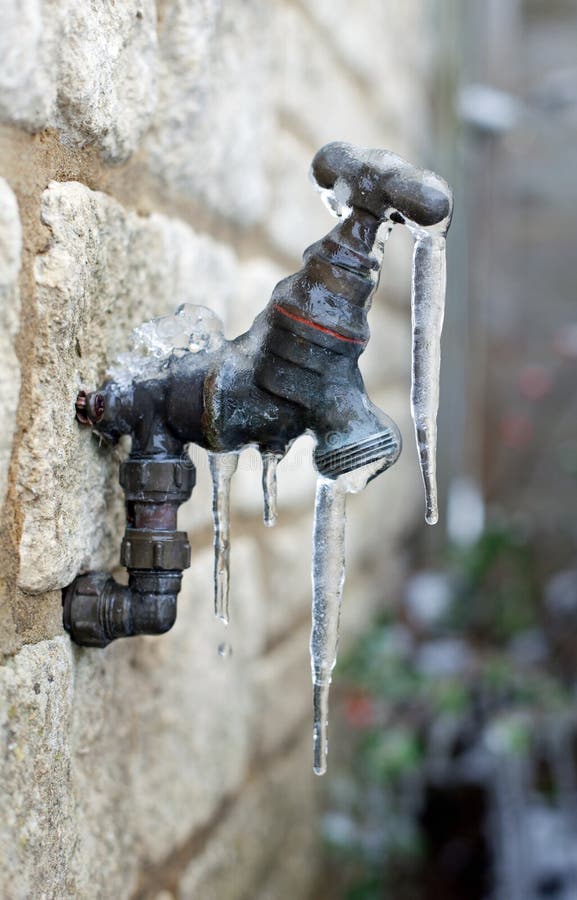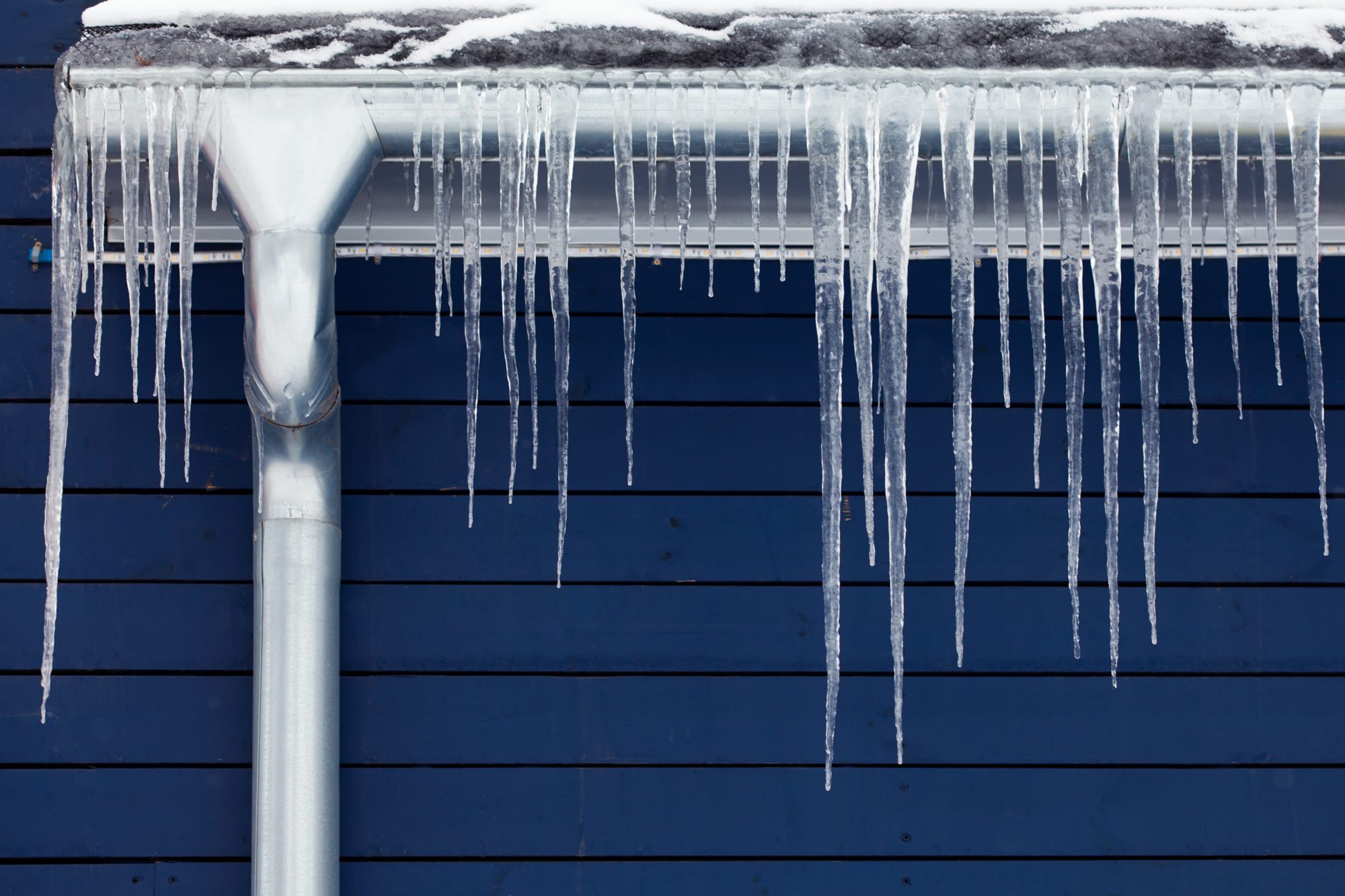Tips to Avoid Frozen Pipes in Cold Weather: Expert Guidance
Tips to Avoid Frozen Pipes in Cold Weather: Expert Guidance
Blog Article
We've stumbled on this great article pertaining to Helpful Tips to Prevent Frozen Pipes this Winter down the page on the internet and decided it made sense to discuss it with you on this site.

Winter can wreak havoc on your plumbing, specifically by freezing pipes. Here's exactly how to stop it from occurring and what to do if it does.
Introduction
As temperature levels decline, the danger of icy pipes boosts, potentially leading to expensive repair services and water damages. Recognizing exactly how to prevent icy pipelines is important for home owners in cool environments.
Prevention Tips
Insulating prone pipelines
Cover pipelines in insulation sleeves or make use of heat tape to protect them from freezing temperatures. Concentrate on pipelines in unheated or external locations of the home.
Home heating strategies
Maintain interior spaces effectively heated up, specifically areas with pipes. Open closet doors to enable cozy air to circulate around pipelines under sinks.
How to recognize frozen pipes
Search for lowered water circulation from taps, unusual smells or noises from pipes, and visible frost on subjected pipelines.
Long-Term Solutions
Architectural changes
Consider rerouting pipes far from outside wall surfaces or unheated areas. Include extra insulation to attic rooms, basements, and crawl spaces.
Updating insulation
Purchase top quality insulation for pipes, attic rooms, and wall surfaces. Proper insulation aids preserve regular temperatures and lowers the risk of frozen pipelines.
Protecting Outdoor Plumbing
Garden pipes and exterior taps
Disconnect and drain pipes yard hoses before winter months. Mount frost-proof spigots or cover outdoor taps with protected caps.
Comprehending Icy Pipelines
What triggers pipelines to ice up?
Pipelines freeze when revealed to temperatures below 32 ° F (0 ° C) for extended periods. As water inside the pipes freezes, it broadens, putting pressure on the pipe walls and potentially causing them to rupture.
Risks and damages
Frozen pipelines can bring about supply of water disruptions, property damages, and pricey repair services. Burst pipelines can flood homes and create extensive structural damages.
Indications of Frozen Pipes
Recognizing frozen pipes early can stop them from bursting.
What to Do If Your Pipes Freeze
Immediate actions to take
If you suspect frozen pipelines, keep faucets open up to eliminate stress as the ice melts. Utilize a hairdryer or towels soaked in hot water to thaw pipelines gradually.
Final thought
Stopping icy pipes requires proactive actions and quick responses. By recognizing the causes, signs, and safety nets, property owners can protect their pipes during winter.
5 Ways to Prevent Frozen Pipes
Drain Outdoor Faucets and Disconnect Hoses
First, close the shut-off valve that controls the flow of water in the pipe to your outdoor faucet. Then, head outside to disconnect and drain your hose and open the outdoor faucet to allow the water to completely drain out of the line. Turn off the faucet when done. Finally, head back to the shut-off valve and drain the remaining water inside the pipe into a bucket or container. Additionally, if you have a home irrigation system, you should consider hiring an expert to clear the system of water each year.
Insulate Pipes
One of the best and most cost-effective methods for preventing frozen water pipes is to wrap your pipes with insulation. This is especially important for areas in your home that aren’t exposed to heat, such as an attic. We suggest using foam sleeves, which can typically be found at your local hardware store.
Keep Heat Running at 65
Your pipes are located inside your walls, and the temperature there is much colder than the rest of the house. To prevent your pipes from freezing, The Insurance Information Institute suggests that you keep your home heated to at least 65 degrees, even when traveling. You may want to invest in smart devices that can keep an eye on the temperature in your home while you’re away.
Leave Water Dripping
Moving water — even a small trickle — can prevent ice from forming inside your pipes. When freezing temps are imminent, start a drip of water from all faucets that serve exposed pipes. Leaving a few faucets running will also help relieve pressure inside the pipes and help prevent a rupture if the water inside freezes.
Open Cupboard Doors
Warm your kitchen and bathroom pipes by opening cupboards and vanities. You should also leave your interior doors ajar to help warm air circulate evenly throughout your home.

I recently found that page on Prevent Frozen Pipes when doing research the web. Sharing is good. Helping others is fun. Thank you for taking the time to read it.
Book 24/7 Report this page